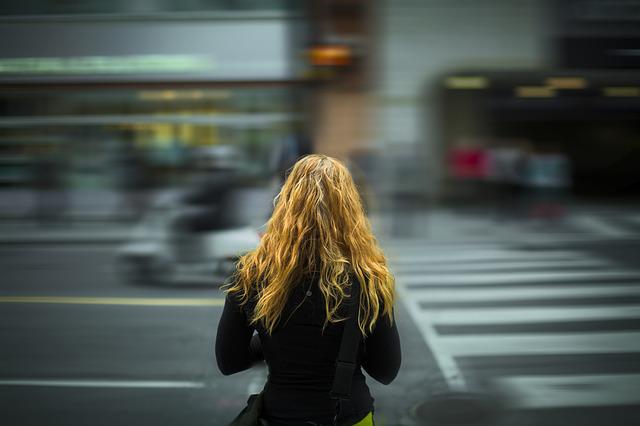Gensler’s Design Forecast – Predictions for Smart Buildings
After almost two years of stops and starts due to the pandemic, enduring resilience is defining the built environment – that’s according to Gensler’s...
Read Full Article
15 minute city concepts have been demonstrated in Paris, Adelaide, London and Dublin. But is the concept as new as we might have thought?
A 15 minute city must provide most human needs and desires within a travel distance taking approximately 15 minutes. Crucially, this is not based on travel by car, but walking or cycling.
Many credit urban planner Clarence Perry as the original proponent of the term, promoting a walkable “neighbourhood unit.”
Dr John Montgomery, writing for the Royal Society for Arts, Manufactures and Commerce (RSA), explains that this concept is certainly nothing new.
In fact, Dr Montgomery looks to the 1800s and the all-encompassing role of religion in people’s lives as an early iteration of the 15 minute city. Towns were built based on walking distance to churches, ensuring people could hear the “bells summoning them to prayer.”
Dr Montgomery writes: “Most people would walk to get to church, and so the distance from the parish boundary to the church tended to be about seven to 10 minutes away, or about 440 yards. This would convert later to what urban designers’ term ‘ped-sheds’ or the 10-minute walk”
Aitor Hernández-Morales, writing for Politico, also argues that the idea of 15 minute cities borrows heavily from the past. Looking specifically at the Testaccio district of Rome, once a port, the area still holds onto the urban structure that was created to serve a late 19th-century city.
Residential areas were located close to workplaces and other services, and this remains today. Aitor writes: “For decades, Testaccio remained unchanged. Its robust housing and services, and its proximity to the slaughterhouse and other industrial sites meant locals — mainly tradesmen and blue-collar workers — continued to spend more time in their own neighbourhood instead of stuck in commuter traffic in their Fiat seicentos.”
Picture: a photograph of a person standing as if they are about to cross a busy road at a pedestrian crossing. The road is out of focus, giving the illusion of movement. Image Credit: Pixabay
Article written by Ella Tansley | Published 19 May 2022
After almost two years of stops and starts due to the pandemic, enduring resilience is defining the built environment – that’s according to Gensler’s...
Read Full ArticleA mobility “hotel” in Nordstan, one of Sweden’s largest shopping and business centres, is facilitating the quiet and emission-free transport of goods...
Read Full ArticleWith London previously taking the top spot for smart technology infrastructure, which European city has emerged as 2024’s smartest? The Smart City Index uses...
Read Full ArticleFebruary’s high performing buildings roundup includes a 15 minute city development in Shanghai and one of the largest building reuse projects in the City of...
Read Full ArticleConfusion and misinformation about the concept of 15 minute cities were partly responsible for a change in England’s transport policy. Watch the...
Read Full ArticleLibraries, theatres and leisure centres in the South East of England are being targeted for carbon emission reduction in association with SSE Energy Solutions and Medway...
Read Full ArticleMasdar City is being hailed as a best-in-class example of an eco city of the future and a hub for cleantech companies. Watch the...
Read Full ArticleEquans and Valeo have launched their partnership to create intelligent and low-carbon cities of the future at the VivaTech trade show in Paris. The companies will work...
Read Full ArticleA study from a PropTech platform has revealed the ten European cities that are best prepared for a smart future – but which city has topped the list? Using...
Read Full ArticleFirst announced in January 2021 by His Royal Highness Mohammed bin Salman, Crown Prince of Saudi Arabia and Chair of the NEOM Company Board of Directors, THE LINE is...
Read Full Article